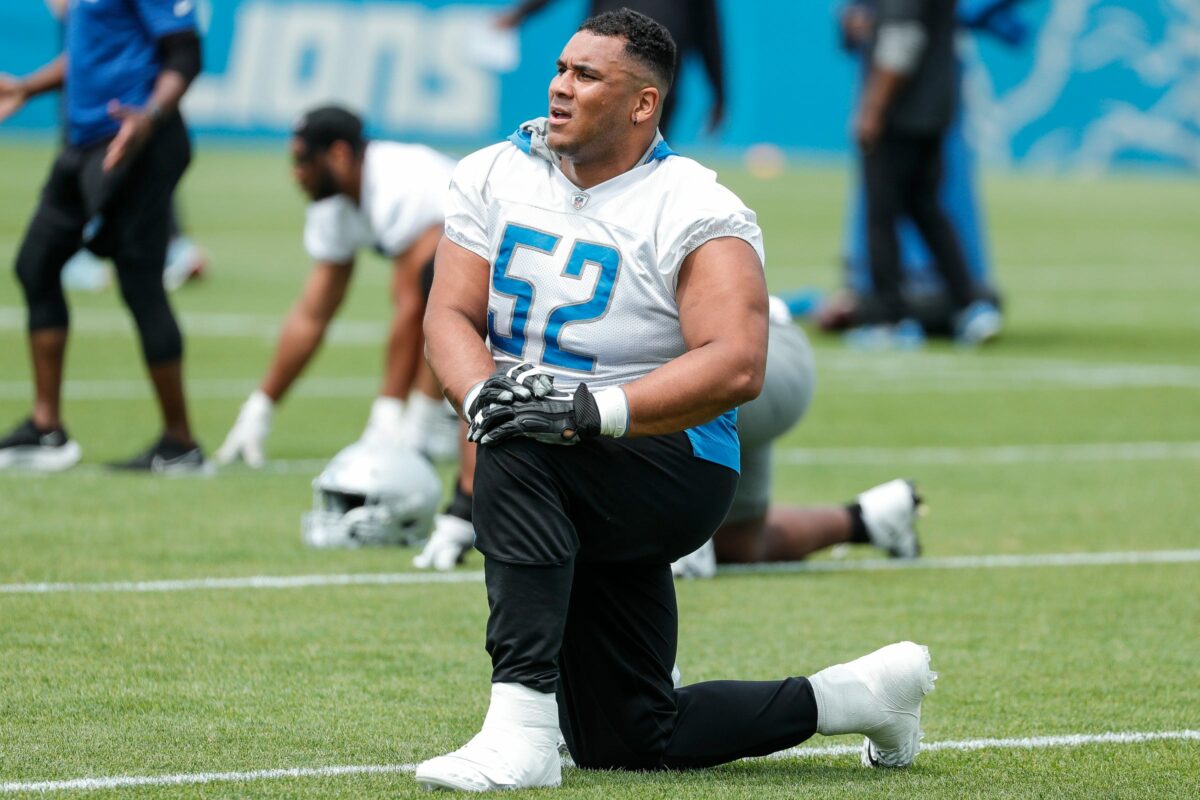As NFL teams furiously make their roster cutdowns in advance of the 53-man deadline, there are a couple of different terms used when a team severs ties with a player.
Some players are “released” while others are “waived.” And while the net effect on the active roster is the same, they do have different effects on the players themselves.
It’s a pretty simple distinction between being waived and being released.
Players with at least four accrued NFL seasons of service time are released. They’re vested veterans. When a player gets released, it’s the end of his contract. He becomes free to sign with any other team and the Lions have nothing to do with any compensation (other than any dead cap room) any longer. That’s what happened with vet OL Germain Ifedi, who has been in the NFL since 2016.
For players with less than four seasons of service time, they are waived. Players who are waived are subject to waiver wire claims. Right now, the waiver claim order is based on the draft order (before any trades) from April, so the Chicago Bears have the first claim. All teams file claims at the same period, and the team with the highest waiver wire position gets both the player and his existing contract. Detroit sits 18th in the waiver wire order, so they will only be successful in making a claim if the 17 teams above them all fail to place a waiver claim on the player.
The waived players include anyone still on a rookie contract. A broader way of looking at it ties into free agency. Any player who is not eligible for unrestricted free agent status entering the year is subject to waiver claims.
[lawrence-related id=94871]
